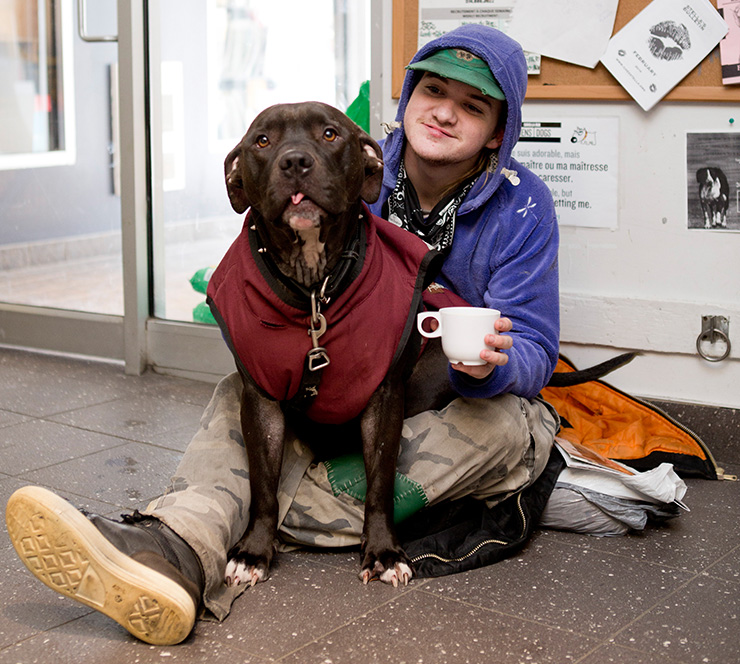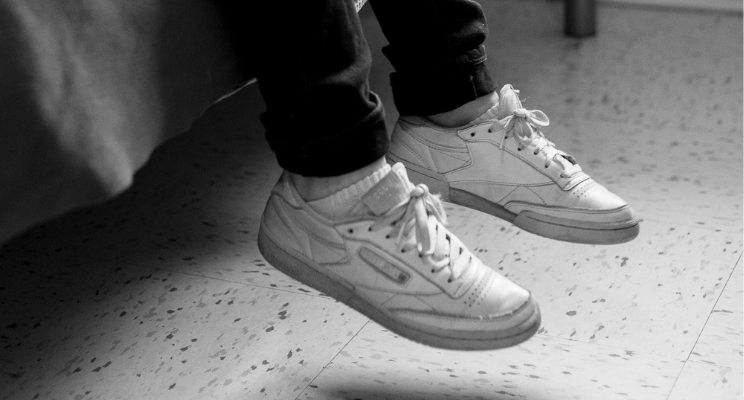Dans la rue uses cookies and other technologies to store and/or access device information and thereby ensure a better overall user experience. If you consent to these cookies, you will be allowing us to process data such as browsing behaviour on this site. If you do not consent, or if you subsequently withdraw your consent, certain features and functions of the site may not perform optimally.
Functional cookies ensure that Dans la rue’s website works properly and must therefore be accepted in your cookie preferences. Functional cookies facilitate the use of the Website. For example, they allow the user to browse the Website in his preferred language.
Marketing cookies are used to create user profiles in order to display targeted advertising to you on a given website or across many different websites.
Statistical cookies track users’ online movements on the Website. These cookies allow Dans la rue to:
- See how users browse the Website
- Identify and optimize the most frequently visited pages
- Analyze current website use and identify areas for improvement.
Le stockage ou l’accès technique qui est utilisé exclusivement dans des finalités statistiques anonymes. En l’absence d’une assignation à comparaître, d’une conformité volontaire de la part de votre fournisseur d’accès à internet ou d’enregistrements supplémentaires provenant d’une tierce partie, les informations stockées ou extraites à cette seule fin ne peuvent généralement pas être utilisées pour vous identifier.
Marketing cookies are used to create user profiles in order to display targeted advertising to you on a given website or across many different websites.



